1. Cave of the Line or cave of the Temple.

This cavern is the most important in the park in relation to rock art that contains It is located in the area of Caño Preso, at the edge of an extensive mangrove swamp. The cave name of La Línea or of the Railroad derives from the existence of an old railway line in its environment that served to get a Dock the production of rice in the area. The cave has a development of about 600 meters and solar light is observed throughout the tour.
2. Cave of La Arena
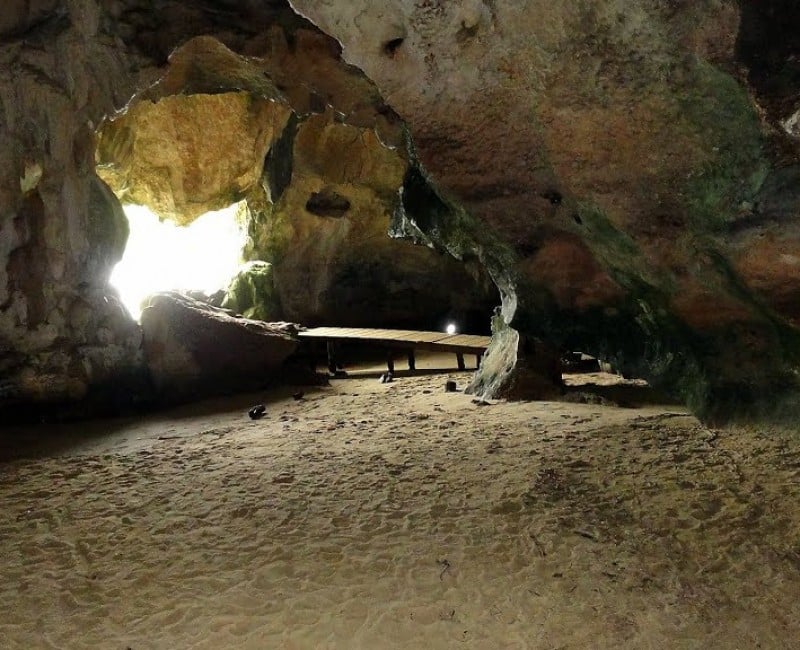
The cave of La Arena develops parallel to the cliff on the very edge of the sea. The cavern has five openings to the outside, but the main entrance is located next to a beautiful beach of small dimensions. The cavern It has an approximate development of 940 meters and in some areas are located puddles or small lagoons of sea water that seeps through the subsoil or that penetrates through the openings in the cave when the waves break during the temporary In the cave, 22 pictographs have been located so far, six petroglyphs and two bas-reliefs.
3. Cave of San Gabriel
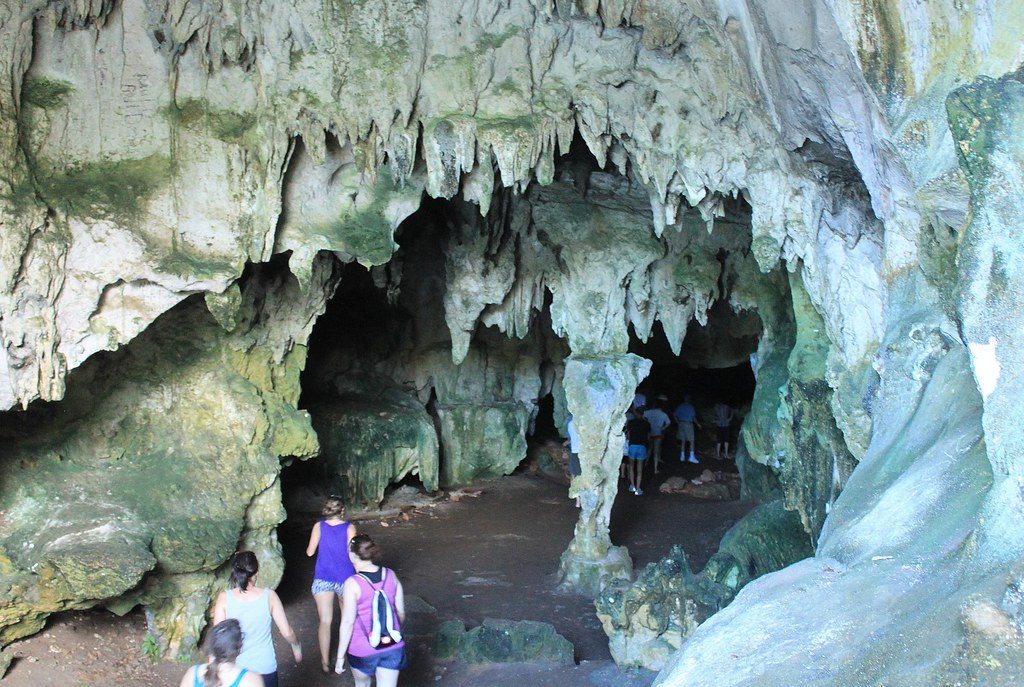
The cave of San Gabriel is the largest in the area. It has a tour of approximately 168 meters. The cavern has huge rooms and it they have located abundant archaeological remains, basically from the shells abandoned by the ancient pre-ceramic inhabitants of the area.
4. Cave of the Mouth of Hell
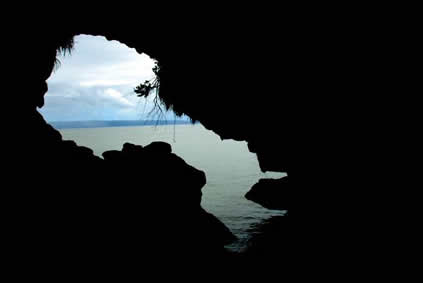
The cave of Boca del Infierno is located in the key There is in front of the entrance of the cave of San Gabriel. It has two inputs and one approximate development of 55 meters. At the entrance of the cavern there is a large conchero, mainly consisting of Strombus pugilis shells.
5. Jony Cave or Lelo
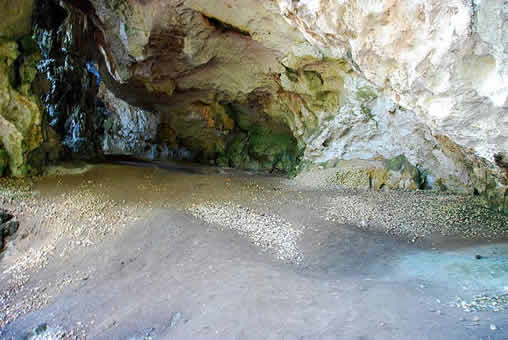
The cave of Jony or de Lelo is located on a key at the entrance to the bay of San Lorenzo. It has a large room and two smaller ones and has four entrances. In the cavern There is an impressive prehispanic shell with cemented layers of shells (Strombus pugilis) of more than one meter in height. At the entrance of the cavern, on the roof and quite high are located two geometric pictographs very altered by the passage of time. The paintings remember much to the petroglyphs of the Sierra Prieta wall, located in the Cotui, and some geometric paintings painted in the Caves of Trough Above, also in Cotui and in the cave of the Bridge, in Pomier, province of San Cristobal.
6. Tony’s Cave
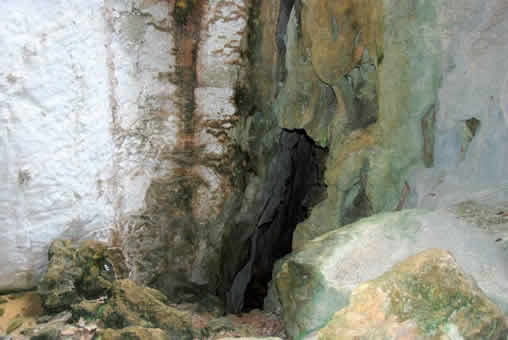
The cave of Tony is located behind the beach of the same name, used mainly as a tourist attraction for the Caño Hondo hotel. In total we have located 12 pictographs in the cavern. In the haiti under which the beach is located a great shelter at the back of which the cavern opens. On the wall of the cave and at high altitude is the main panel of paintings. At this point there are 9 pictographs, most of geometric type, but where one type stands out anthropomorphous. In another of the walls of the cave, already very erased, can be observe 3 more paintings, two of them very interesting anthropomorphic.
7. Willy Simo Cave

The cave of Willy is a cavern with a single entrance that opens directly to the Cliff. It presents an approximate development of 400 meters and a large amount of speleothems inside. In the cave we have counted approximately 7 petroglyphs. It stands out for its great power a huge accumulation of shells in cemented part, coming from the old prehispanic occupation of the cave.
8. Cave of the Indian
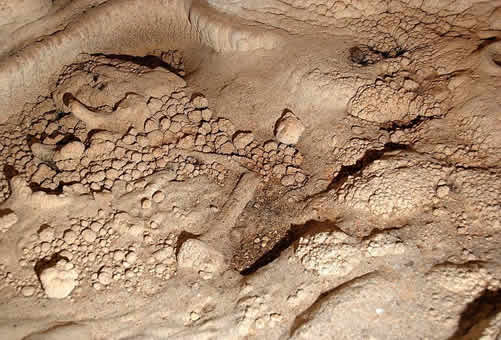
Indians Cave is located in the area of Caño Preso, by the sea. Presents a route of 191 meters, most of it runs in a large room where find the rock art, approximately three petroglyphs, among which highlights one of good size and simple but careful bill that represents a simple face It is located under a gour that probably contained water in pre-Hispanic times and is carved in this place with a evidently relationship with stalagmitic formation.Cave del Indio is located in the area of Caño Preso, by the sea. Presents a route of 191 meters, most of it runs in a large room where find the rock art, approximately three petroglyphs, among which highlights one of good size and simple but careful bill that represents a simple face It is located under a gour that probably contained water in pre-Hispanic times and is carved in this place with a evidently relationship with stalagmitic formation.
9. Cave of the Carpenter
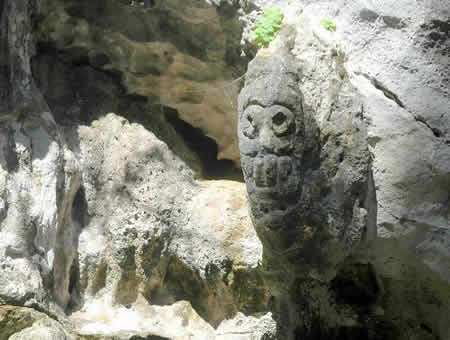
Cave of Carpenteer is on the Humid Forest Trail, approximately five hundred meters of a lagoon connected to the sea surrounded in good part of mangroves The cavern is small, about 20 meters long and It has two entries. It contains approximately 6 petroglyphs, two within the cave and four to the door of the other entrance. The rock art of the cave is very simple, they are simple caritas or groups of three points forming a Triangle surrounded by a circle. This type of representation is very common in many caves and according to our research can have a relationship with the Lunar cult, based on the ancient lunar pre-Hispanic calendars Sidereal of the Arawak peoples.
10. Cave of Las Conchas
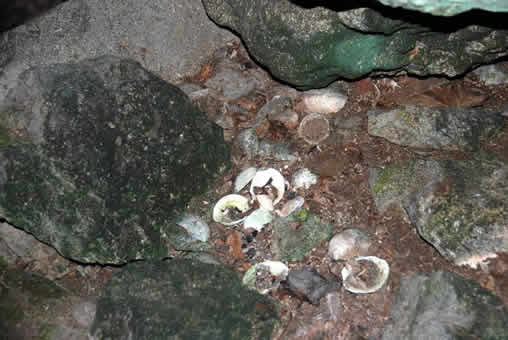
The cave of The shells are located a few meters from the Carpintero cave, in the Trail of the Humid Forest, on the same side of the limestone canyon. It’s a cavern small, about 30 meters long where we found a small petroglyph which was carved in a simple stalactite in the shape of a very simple face. In the cave some accumulations of shells are located in the same place that makes Millennia were left by the prehispanic inhabitants of the place. Being a place completely untouched results from the greatest interest for research archaeological

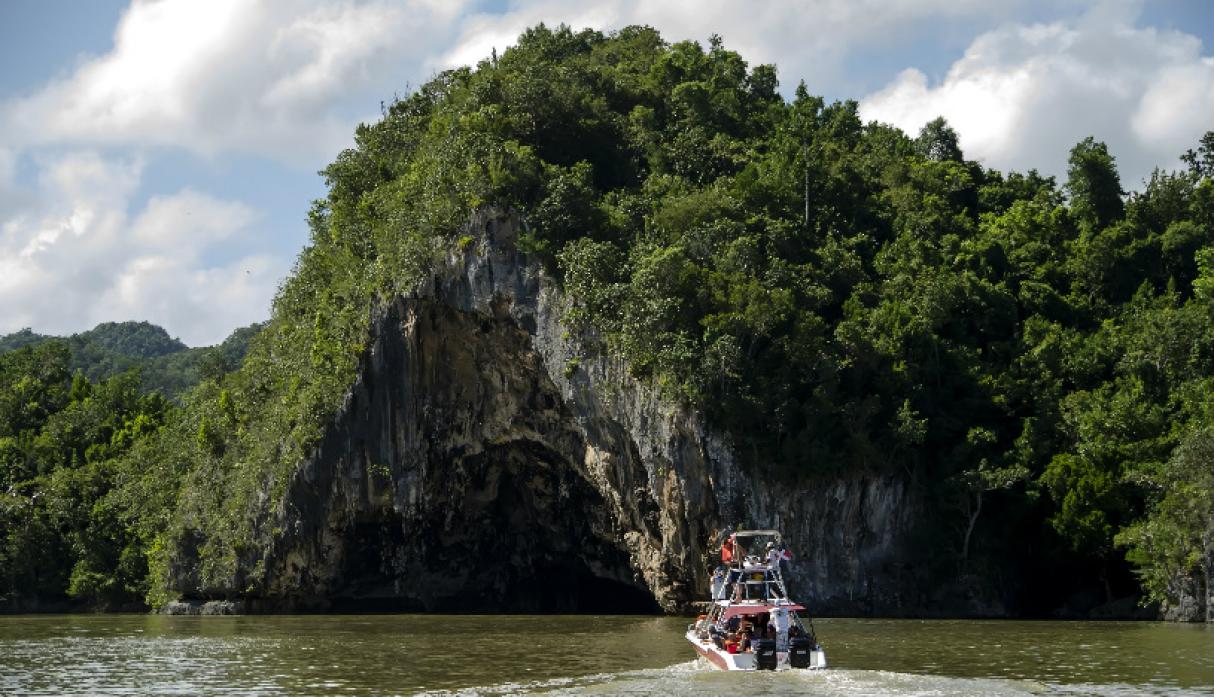
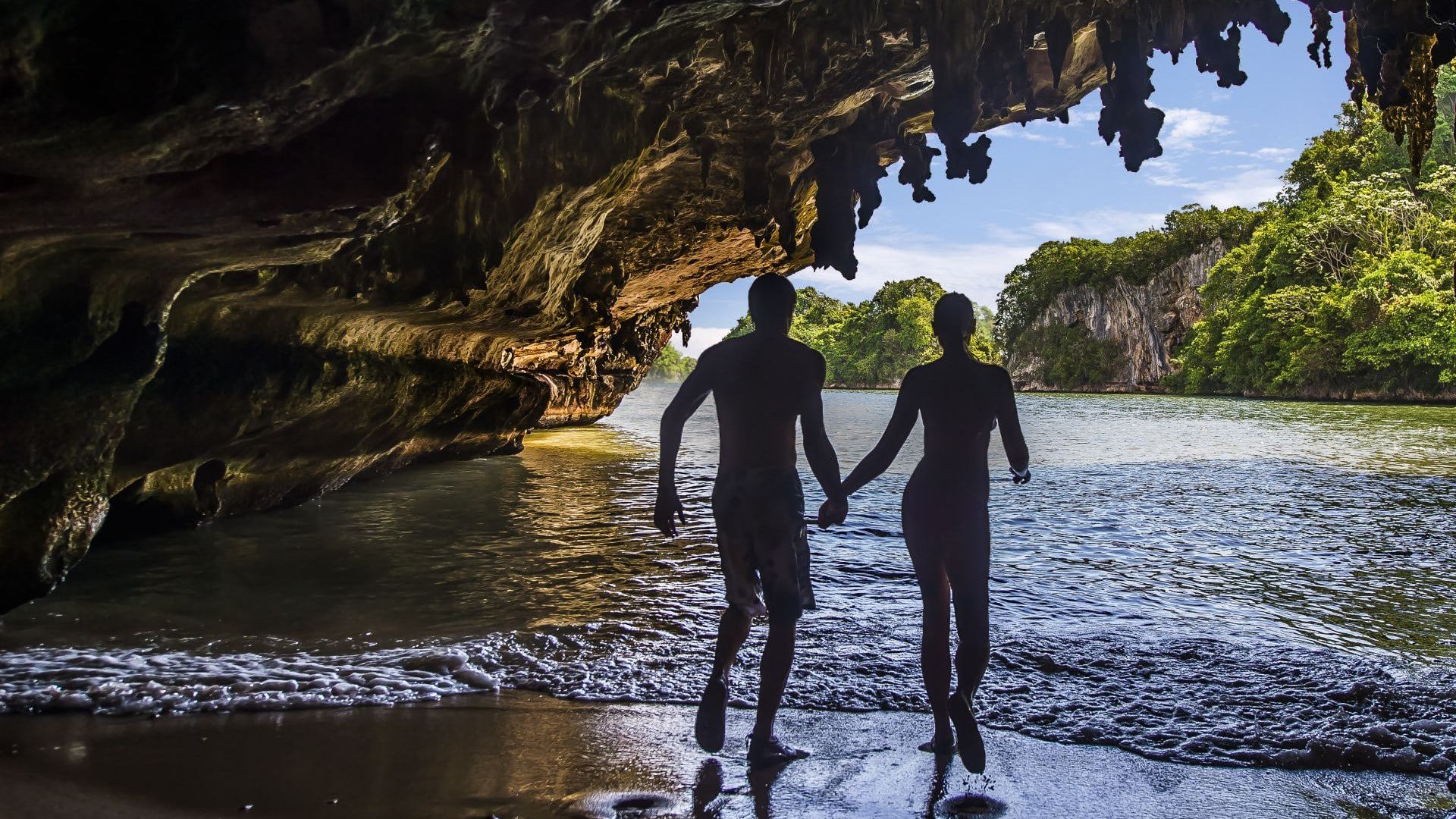
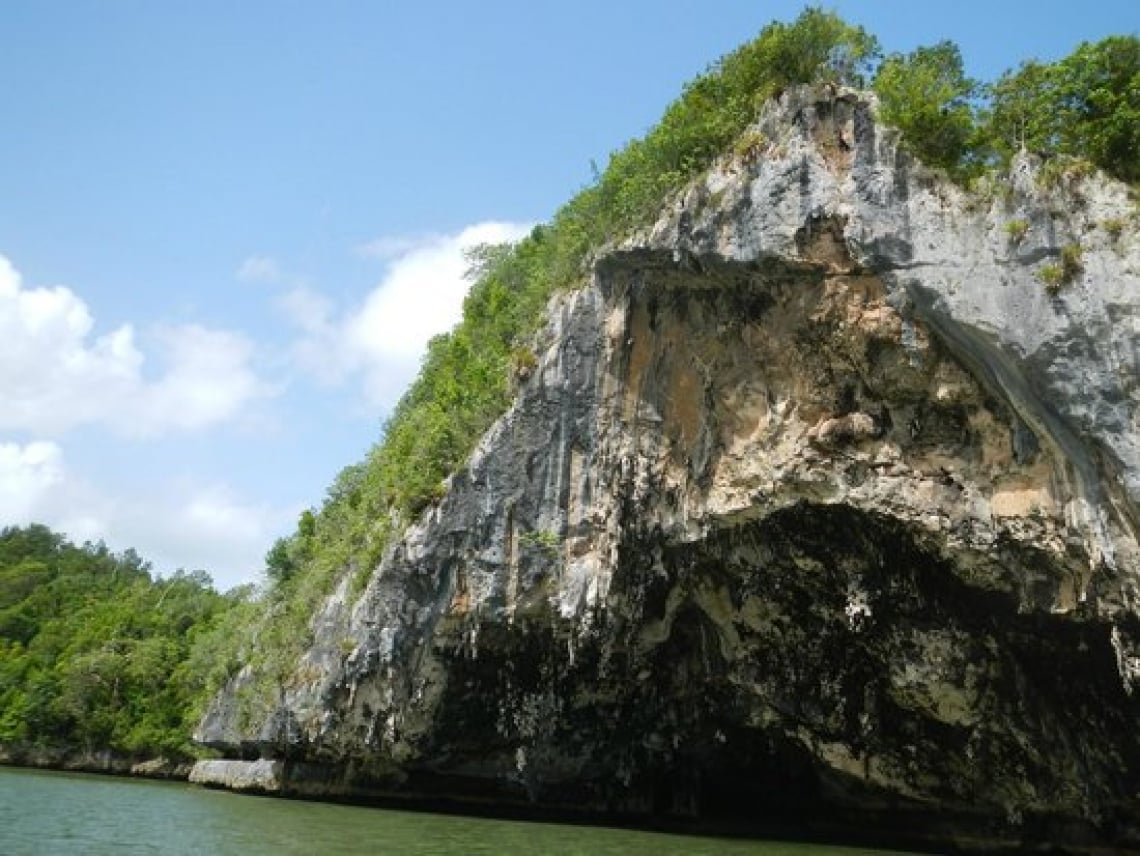
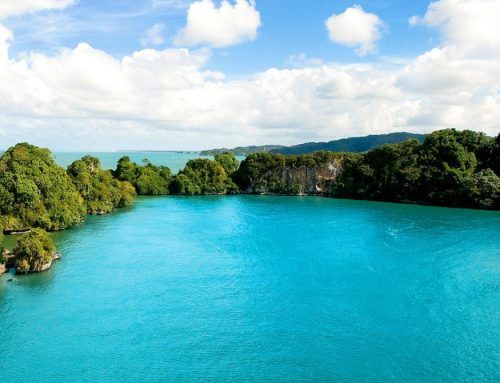
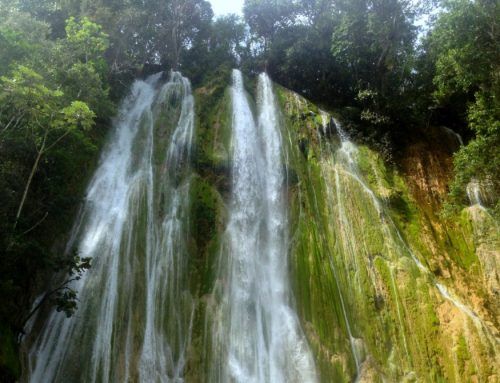
 Offer is valid for April excluding the 26-29
Offer is valid for April excluding the 26-29
Leave A Comment